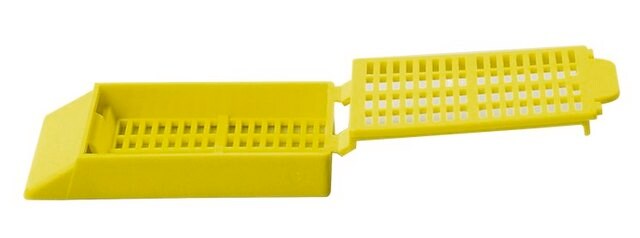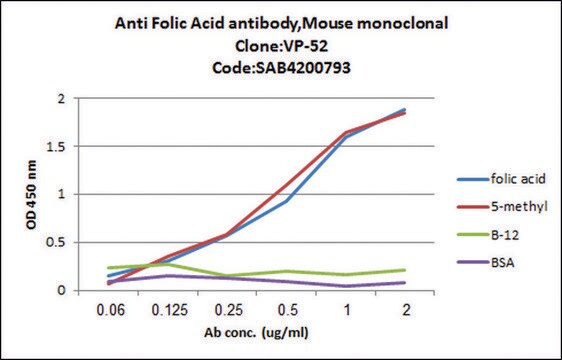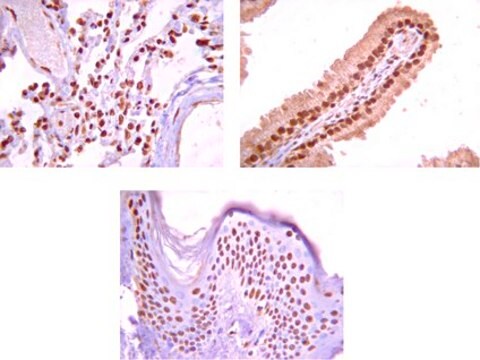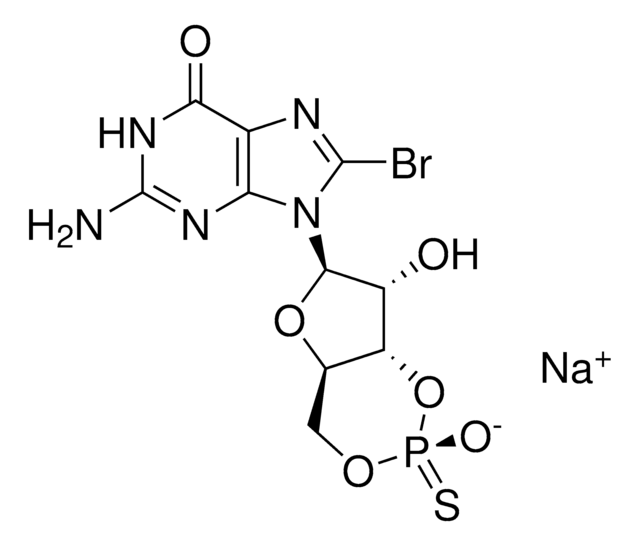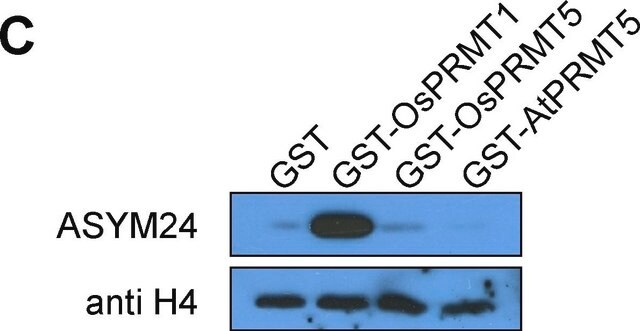Key Documents
K3769
KW-3902
≥98% (HPLC)
Synonim(y):
1,3-dipropyl-8-(3-noradamantyl)xanthine, 8-(Hexahydro-2,5-methanopentalen-3a(1H)-yl)-3,7-dihydro-1,3-dipropyl-1H-purine-2,6-dione, MK-7418, Rolofylline
About This Item
Polecane produkty
Próba
≥98% (HPLC)
Postać
solid
rozpuszczalność
DMSO: 20 mg/mL
soluble
temp. przechowywania
2-8°C
ciąg SMILES
CCCN1C(=O)N(CCC)c2[nH]c(nc2C1=O)[C@]34C[C@H]5C[C@H](C[C@@H]3C5)C4
InChI
1S/C20H28N4O2/c1-3-5-23-16-15(17(25)24(6-4-2)19(23)26)21-18(22-16)20-10-12-7-13(11-20)9-14(20)8-12/h12-14H,3-11H2,1-2H3,(H,21,22)/t12-,13+,14-,20-
Klucz InChI
PJBFVWGQFLYWCB-OYEQCZOJSA-N
Działania biochem./fizjol.
Cechy i korzyści
Zwroty wskazujące rodzaj zagrożenia
Zwroty wskazujące środki ostrożności
Klasyfikacja zagrożeń
Aquatic Chronic 4
Kod klasy składowania
11 - Combustible Solids
Klasa zagrożenia wodnego (WGK)
WGK 3
Temperatura zapłonu (°F)
Not applicable
Temperatura zapłonu (°C)
Not applicable
Certyfikaty analizy (CoA)
Poszukaj Certyfikaty analizy (CoA), wpisując numer partii/serii produktów. Numery serii i partii można znaleźć na etykiecie produktu po słowach „seria” lub „partia”.
Masz już ten produkt?
Dokumenty związane z niedawno zakupionymi produktami zostały zamieszczone w Bibliotece dokumentów.
Produkty
We offers many products related to adenosine receptors for your research needs.
Nasz zespół naukowców ma doświadczenie we wszystkich obszarach badań, w tym w naukach przyrodniczych, materiałoznawstwie, syntezie chemicznej, chromatografii, analityce i wielu innych dziedzinach.
Skontaktuj się z zespołem ds. pomocy technicznej
